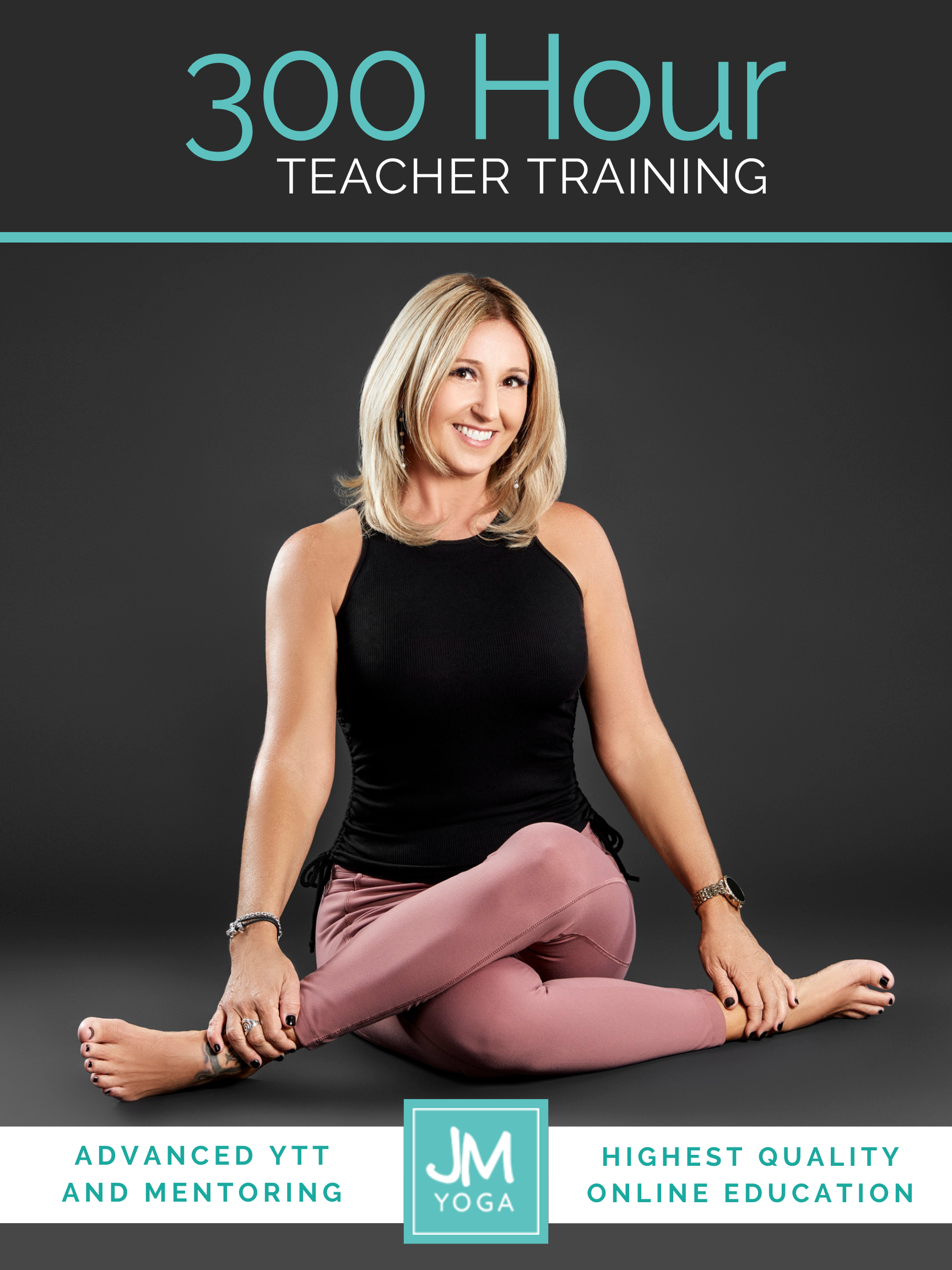Why I Won’t Walked Away From Yoga
Sometimes I look around and wonder,
Is anyone still truly in love with yoga?
Because I am.
Or have they just discovered resistance training…
and are now mad at yoga since it’s not that?
Does anyone actually still get lit up by the poses, the questions, and the process?
Because I do.
And I don’t mean I think it’s perfect. I know how many people have been misled, mistaught, or even hurt by the culture surrounding yoga. I know the industry can be shallow, cliquey, and quick to cling to dogma or dump tradition entirely, depending on which direction the algorithm is blowing.
But under all of that, I still believe in the practice. ✨
That’s why I teach the way I do. That’s why I keep going.
Yoga Isn’t All I Do, But It’s What Keeps Me Grounded
Do I engage in other activities? Absolutely.
My tennis obsession is very real. I’m on the court almost every day.
I also squeeze in resistance training once or twice a week.
But yoga?
Yoga is the paid actor.
The one who always shows up, knows their lines, and keeps the whole production anchored.
Action Over Shape: What I Teach in My 300-Hour Training
In my 300-hour teacher training, I talk a lot about action vs shape.
It’s about what’s happening inside a pose, not just what it looks like on the outside.
We explore concepts like pushing, pulling, and reaching. These basic, non-Instagramable concepts are what make the poses relevant. They change how you interact with your environment, how you understand your body in space (i.e., proprioception and even interoception), and how you perceive effort.
- Props become tools, not crutches.
- Cues become questions, not declarations.
- And the poses? They become experiences, not shapes to chase.
Suddenly, the same old postures feel new again.
You’re not just going through the motions, you’re all in.
Paying attention. Curious again. 🤓
What Biomechanics Really Teaches You
A lot of people come into my trainings thinking the biomechanics part will tell them how to do poses “correctly.”
What they actually find is a framework for thinking about load, gravity, pressure, and adaptation.
They start to see that the practice is about engaging with the practice, not about mastering a form.
I like to say that if you’ve truly mastered the pose, you’d be in samadhi by now; one with the ethers. 😂
Still in Love, Even When Yoga Isn’t “Cool”
And in a world where everyone seems eager to shit on yoga on their way out the door, that kind of re-engagement feels radical.
I’m not here to convince anyone to come back to yoga if they’ve outgrown it.
But I am here for the ones who still feel a flicker of love for it and want to fan that flame instead of walking away.
- You can strength train and practice yoga.
- You can lift weights and cherish breathwork.
- You can value science and still be moved by mystery.
Research Literacy: Not the Answers You Expect, But the Questions You Need
A lot of people also come into my trainings thinking the research literacy section will hand them a list of the “best” poses for fill-in-the-blank (tight hamstrings, low back pain, shoulder mobility).
It doesn’t.
Instead, we dig into how research actually works.
We look at what studies can and can’t tell us, and we build the skill of asking better questions.
Research helps us be less wrong.
Research is not about being right. It’s about thinking clearly.
Anyone using research to prove they’re right is missing the point. 🚩🚩🚩
This part of the training is often the hardest.
It’s also the most rewarding.
It’s what builds true confidence because when you can think critically about the claims in yoga and fitness (including your own), you stop chasing absolutes and start appreciating nuance and context.
For the Ones Who Want to Fall in Love With Yoga Again
My 300-hour training, like everything I teach, is built for the ones who want to fall in love with yoga again.
Not blindly. Not naively.
But with sharper tools, better questions, and a renewed sense of purpose.
If that’s you, I see you.
And I’m so glad you’re here.
Jules 🤩
Extend Your Learning: Advanced Yoga Teacher Training with Jules Mitchell
This program is ideal if you have an interest in biomechanics, principles of exercise science, applications of pain science, neurophysiology, and stretching. These themes are combined with somatics, motor control theory, pose analysis and purpose, use of props for specific adaptations, pathology, restorative yoga, and intentional sequencing.
You will learn to read original research papers and analyze them for both their strengths and their biases. Critical thinking and intellectual discourse are central components in this training, which was designed to help teachers like you navigate through contradictory perspectives and empower you with education. Learn more >

